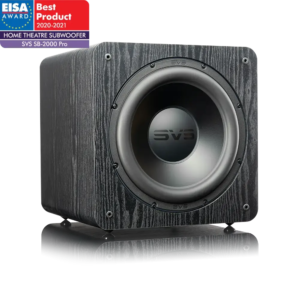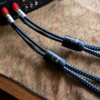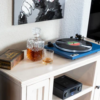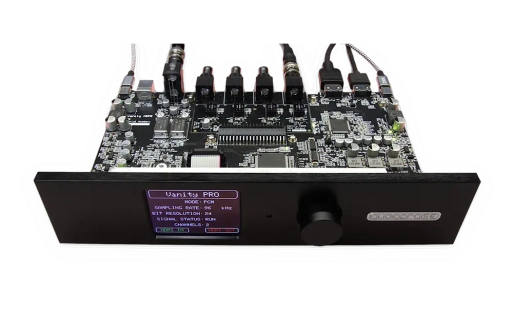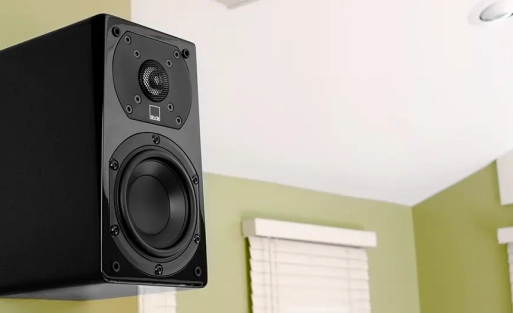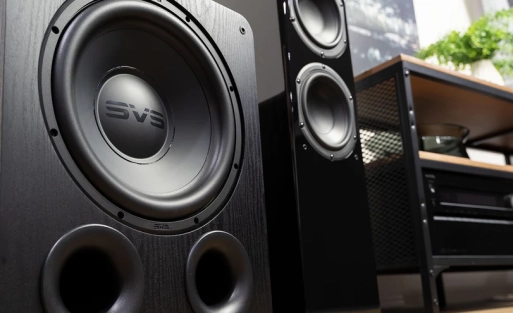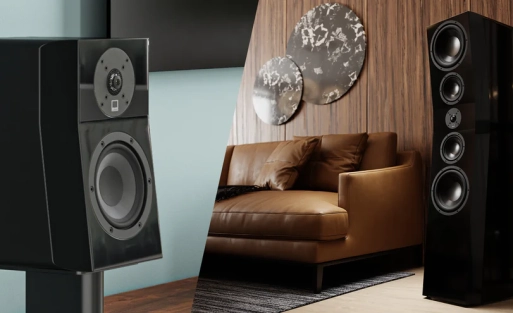No products in the cart.
Return To Shop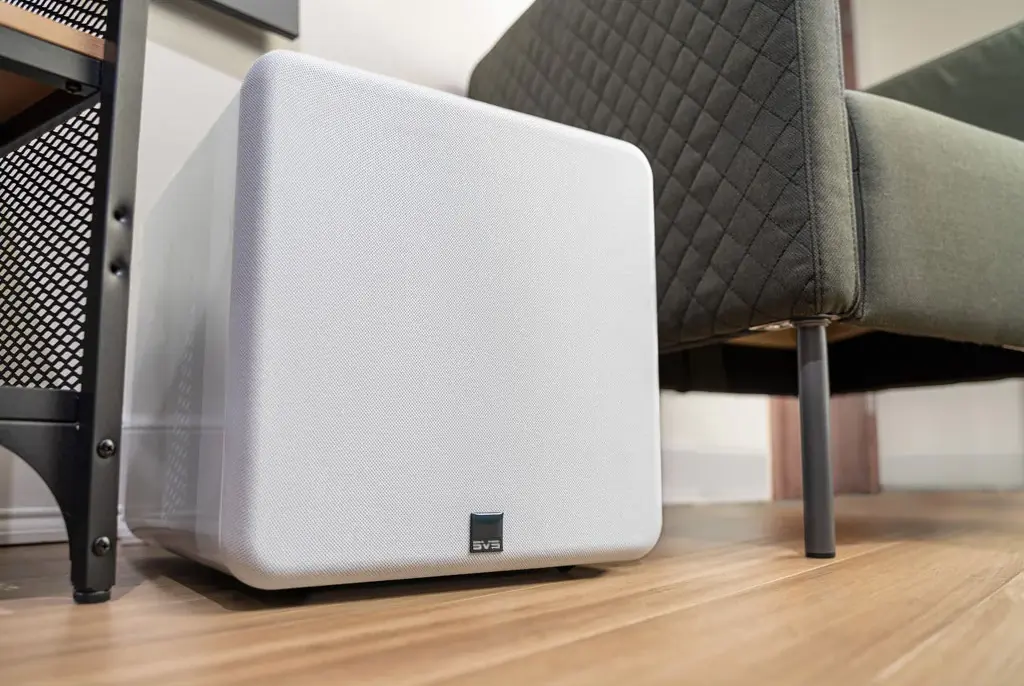
Subwoofer Space Amplification what is it?
If you’ve chosen a closed-cabinet subwoofer for your home system because it’s tighter and more accurate or because it fits better in your space, a surprising advantage lies ahead. An enclosed subwoofer (as opposed to a ported subwoofer) allows the room itself to amplify bass below a certain frequency. Essentially, you get more output than your subwoofer can produce on its own – for free. This effect is called “space amplification.” Read this blog on how to use it to your advantage.
How does Space Reinforcement work?
Space amplification occurs in rooms of all sizes, but is most noticeable in smaller, enclosed rooms. When we talk about space gain, it is related to the longest dimension of the room, usually length or width. (Few home theater rooms are larger than their length or width.) If the longest dimension of the room is less than 6m, this can produce a really significant increase in bass output.
What’s so special about 6m? This has to do with the length of low-frequency sound waves. It turns out that the space gain begins at the frequency whose wavelength is twice the longest dimension of the room. Two times 6m feet is 12m, which is approximately the wavelength of 28 Hz. So in a room whose longest dimension is 6m, the room gain starts at 28 Hz and below.
Of course, the longest dimension in many home theater rooms is less than 6m, so room gain starts at a higher frequency. For example, if the longest dimension of a room is 5m, the room gain begins at about 34 Hz (wavelength = 10m); if the longest dimension of a room is 4m, the room gain begins at 43 Hz (wavelength = 8m).
Using room amplification to improve bass reproduction
When space amplification is properly utilized, much greater output is possible at deeper frequencies than you would normally expect from a more compact closed-cabinet subwoofer. If you consider how much acoustic energy it would take to get a flat quasi-anechoic frequency response down to 10 Hz, where you would add 18 or 20 dB of gain, that would be astronomical, and your room can do it for free!
However, there is a downside to space amplification. A poorly tuned subwoofer can turn all that extra output into a droning, inaccurate mess that only serves to emphasize individual staples and cloud your listening experience. All SVS subwoofers are equipped with highly advanced DSP engines that allow our engineers to create a room response curve that provides a room with clean, accurate bass and makes the subwoofer do things you would never expect from such a compact enclosure.
Most importantly, SVS’s approach with room gain is not just about creating more output at deeper frequencies, which can result in inaccurate bass. The powerful DSP shapes the behavior of the subwoofer to produce acoustically tuned room amplification. All the benefits of greater output and deeper bass extension with a highly accurate frequency response. It is almost a magic trick and is the ultimate expression of the tremendous output and low frequency extension of well-designed room amplification, while never sacrificing accuracy or refinement.
How much does room gain affect bass reproduction?
Room gain typically adds 7 to 9 dB per octave below the initial frequency, depending on the precise characteristics of the room – for example, how much bass energy the walls absorb, small openings in the room, and so on. Let’s say the longest dimension of the room is 16 feet, so the room gain starts at 35 Hz; one octave below that (17 Hz) will be 7 to 9 dB louder than the subwoofer itself produces, and two octaves below the starting frequency (9 Hz) will be 14 to 18 dB louder than the subwoofer alone can handle.
As you probably know, most subwoofers begin to diminish below a certain point, but room gain can reclaim much of that lost bass response, especially with enclosed subwoofers. SVS designs its enclosed subwoofers to roll off below 32-35 Hz or so with a slope of 7 to 9 dB/octave, specifically to take advantage of space gain. When the subwoofer’s output drops, the room size brings it back up. If you look at the quasi-anechoic response of the subwoofer, it can decrease 18 dB at 8 Hz compared to the nominal level, but in a small room, it can actually be flat to 8 Hz!
This roll-off does not occur with ported subwoofers; they remain reasonably flat to 20 Hz or even lower in a quasi-anechoic environment. But placing a ported subwoofer in a small room increases the low-end response due to space gain, leading to a heavy, unbalanced sound. Therefore, SVS ported subwoofers have a room gain compensation control that compensates for bass response in a small space.
Fact or Fiction: Does subwoofer placement affect room amplification?
Interestingly, the placement of the subwoofer has little effect on the amplification factor in the room, although many people report that “cornering” a subwoofer by placing it diagonally in a corner, facing outward, produces the best results. This placement can sometimes exacerbate the “boomy” effect, but every room is different so results may vary. Subwoofer placement affects the pattern of standing waves in the room, which occur above the room’s initial frequency. For an introduction to placing a subwoofer, check out our blog, The Art of Placing a Subwoofer.
So remember that when you set up an SB-1000 Pro, SB-2000 Pro, SB-3000, SB-4000, SB16-Ultra or SB17-Ultra R|Evolution subwoofer, your room has a gift for you: bass that is flat to well below the subwoofer’s natural frequency response.
If you have questions about room amplification or setting up a home audio subwoofer, leave them in the comments or contact us.





